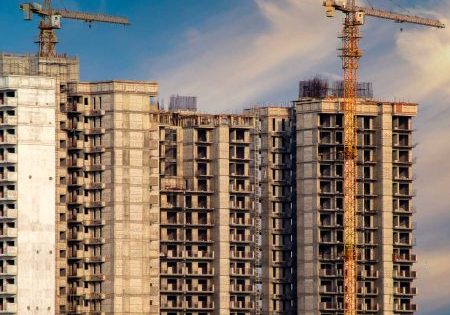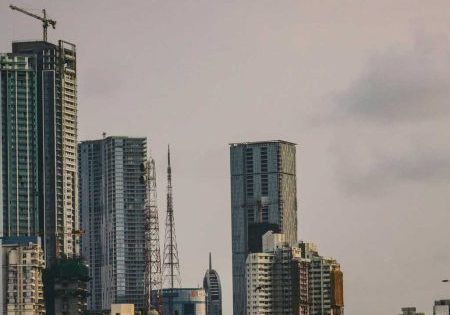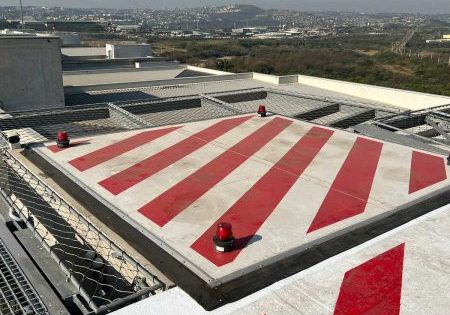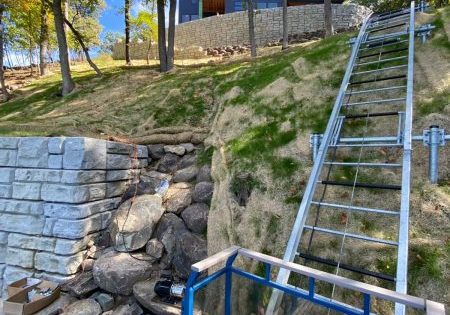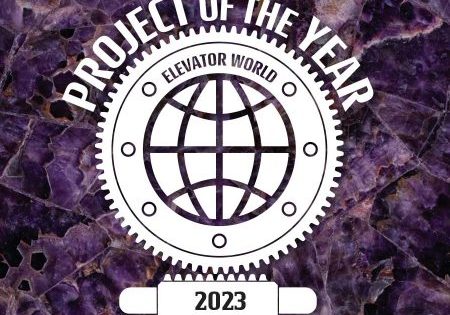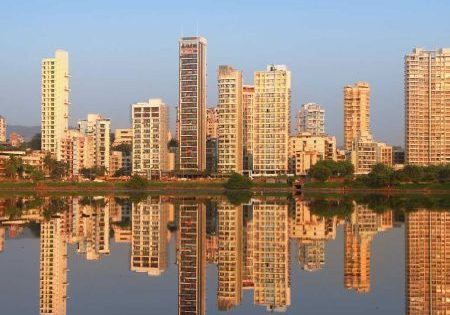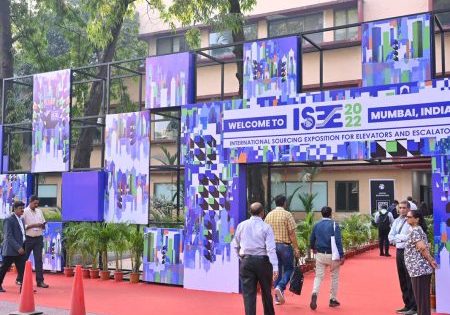A strategic approach that could drive future growth for VT in India while also ensuring a greater emphasis on safety
India is the second most populous nation across the globe, and its rapid urbanization is reflected in a shortage of available land for development in prime urban locations. Continuous migration to metropolitan areas, inadequate space to spread out and a high population density have led to congestion in cities. This makes high rise construction a necessity in modern times, as it is the only viable method to meet the increasing growing needs in major metros. Whether it is the cities, their key suburbs or tier-II towns along their periphery, the rising emphasis on skyscrapers has become a noticeable trend during the past decade.
The visible expansion in real estate development, particularly in the residential and commercial segments, offers good potential for incorporating intelligent and sustainable elevating systems and related technology-driven solutions. While this has been given priority in high-end projects, there is also a need to ensure convenient and hassle-free vertical transportation (VT) across the spectrum. To accomplish this, the overall attitude and approach of stakeholders toward the elevator and escalator (E&E) industry needs to evolve in sync with the rapidly multiplying number of high rises.

Elevators Witness Specific Demand
In buildings across segments including retail, hospitality and connectivity infrastructure, E&Es are the easiest way to get from one level to another. They ensure that people can move quickly through the building, thereby increasing independence and mobility. However, some Indians, particularly women wearing saris, senior citizens and families with young children, are still uncomfortable and, therefore, hesitant to use escalators.
It has been observed that while escalators are given prime positioning at malls, metros, railway stations and airports, elevators tend to be tucked out of the way. Placing elevators in a way that provides easier access for the people who prefer them to escalators needs to be given some thought by architects while planning overall VT requirements.
This can be done while making sure all the stipulated safety rules are met and the elevator is well-maintained, as breakdowns need to be avoided. The framework of the elevator should be durable, have a high-load capacity and be robust; it should not merely be incorporated for aesthetic purposes, although new-age elevators combine attractive form with reliable function. As new ecosystems arise around smart cities with smarter buildings, there is a tremendous opportunity for the most sustainable integration of building design with elevators, escalators and other intelligent building technologies.
Replace Rather Than Refurbish
Work-from-anywhere is a common trend, and many companies have adopted a hybrid work style. To keep expenses low, the majority of offices are rented in older buildings without elevators or with malfunctioning elevators. Many of the older high-rise buildings contain elevators, some of which are even older than the majority of the building’s inhabitants. Nobody contemplates or allocates money for the stage when the elevator will require an upgrade. However, as time passes, this becomes a necessity.
Unfortunately, many old elevators in old buildings undergo only a cosmetic facelift. Along with the exterior paint job to the structure, the old cabs are either repaneled or replaced with shiny new cabs, while the rest of the equipment, including the motor and ropes, remains unchanged. Even in what at first glance appear to be brand-new buildings, elevators malfunction regularly, with sometimes dire consequences.
Not only are people with chronic conditions, like respiratory or heart ailments, forced to risk their health by climbing high, awkwardly placed stairs, but when these stoppages occur too often, they often have to endanger their lives while exiting the elevator by forcing the doors open when it stops between floors. This is because many old buildings do not have an intercom to notify security, and elevators are one of the few places where cell phone signals are rarely available.
Policymakers need to be aware of this problem and facilitate the process of upgrading to new elevators. A one-time announcement by the government, directing public sector banks to grant low-interest, long-term loans to such societies would enable modern elevators to be installed. The spike in demand would also provide a huge impetus to VT industry growth.
Planning Peak Hour Usage
Have you ever considered how much time we spend waiting for elevators throughout our lives? Utilizing elevators in the most efficient manner possible is essential in minimizing such situations. While the VT systems launched in recent years have facilitated this to a considerable extent by leveraging the latest advances in technology, such as directing people to the nearest elevator that will take them to their required floor, older models can be smartly operated with proper planning.
Something as basic as segregating the elevators between certain floor limits (for instance 0-12, 13-24) can help manage people flow to a better extent and minimize crowds. Blocking multiple elevators for a single VIP can also be avoided by having a dedicated elevator available at the required floor with proper coordination.


Greater Awareness for Ensuring Safety
We all read about incidents involving people who are injured while accessing or exiting E&Es. The reality is that the majority of these accidents can be prevented, or at least minimized, by conducting drills with end-users and ensuring the presence of trained staff at all times. Parents need to teach children that elevators should be treated with the utmost respect, just like the security cabin on the premises. Elevators should not be regarded by them as a toy for joyrides during the afternoon when adults are napping.
Similarly, the tendency to enter or exit elevators while being focused on a cell phone conversation is all too often the reason for many accidents. The willingness to force open elevator doors and climb out even when there is a system in place to connect with security needs to be curbed, as the possibility of getting stuck and the elevator starting suddenly is too fraught with danger to even be contemplated.
Decoding the Future of VT
The combination of prioritizing the integration of advanced technology, along with astute planning, facilitated funding and enhanced usage awareness, can provide an ideal growth environment for the VT industry in India. A focused approach can yield huge returns to all stakeholders, plus the all-important peace of mind that can be attained with smoothly functioning E&Es.
Get more of Elevator World. Sign up for our free e-newsletter.



